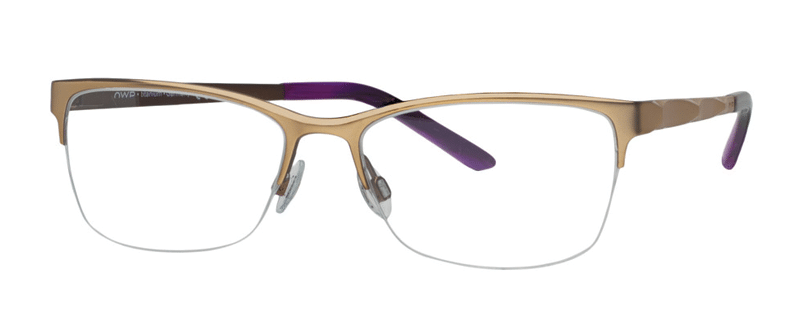Calgary – FYidoctors, a leading Canadian eye care company, is extremely excited to announce that Whistler Eye Clinic, based in Whistler, BC, will join their team. Whistler Eye Clinic, under the leadership of Dr. Shea Colpitts and Dr. Cindy Wagner, has been a highly successful clinic that has served Whistler and the Sea to Sky region for 27 years.
This acquisition will give FYidoctors a presence in this popular resort destination. Equipped with a range of diagnostic technology, a wide selection of designer and exclusive label frames and internal freeform lens designs, this location will establish a new and prominent FYidoctors presence in Western Canada.
“It is with great pride I welcome Whistler Eye Clinic to the FYidoctors team of clinics. Drs. Shea Colpitts and Cindy Wagner have created a thriving practice in a market where many others would not dare to venture. Shea and Cindy are innovative thinkers that have created a strong and positive reputation in the optometric community. The creation of FYidoctors – Whistler is another big step in the building of the FYidoctors national banner.” says FYidoctors CEO and President, Dr. Alan Ulsifer.
This FYidoctors location will offer detailed pre-testing, comprehensive eye exams, a menu of current lens technology and custom fittings with our electronic measurement devices. Patients will continue to receive world-class eye care in a world-class destination.
Dr. Shea Colpitts of Whistler Eye Clinic added, “I am very proud to be bringing our exemplary team onboard with FYidoctors. This organization never ceases to amaze me with its leading-edge direction in patient care and industry standards. Their innovation and leadership will complement our team’s deep understanding of the local community needs. Our patients, both residents and visitors alike, will greatly benefit.”











